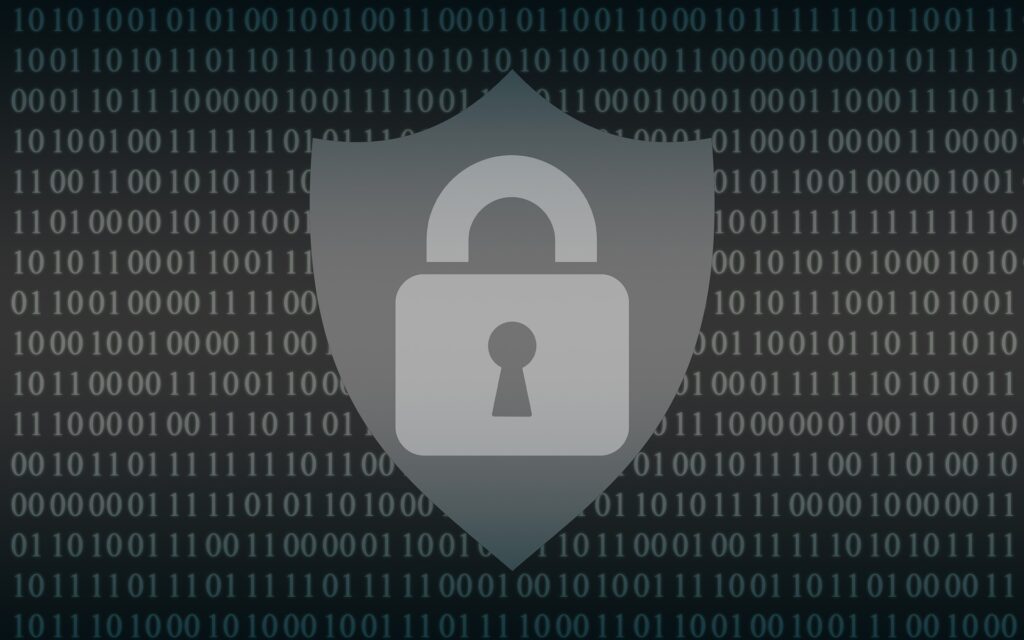Few things invoke instant panic like a missing smartphone or laptop. These devices hold a good part of our lives with our photos, calendar, emails, personal financials, apps, passwords, and so much more.
The information they hold is more personal than even that which is in your wallet. It’s because of all your digital footprints. It’s often not the device that is the biggest concern. It’s the data on the device and access the device has to cloud accounts and websites. The thought of that being in the hands of a criminal is quite scary.
There are approximately 40 lost or stolen lost smartphones every day in New Zealand. The owners only recover a small percentage of them. The office is where the majority of stolen devices go missing.
The Minutes After the Loss of Your Device Are Critical
The things you do in the minutes after missing a device are critical. This is the case whether it’s a personal or business device. The faster you act, the less chance there is for exposure to sensitive data.
What Types of Information Does Your Device Hold?
When a criminal gets their hands on a smartphone, tablet, or laptop, they have access to a treasure trove. This includes:
- Documents
- Photos & videos
- Access to any logged-in app accounts on the device
- Passwords stored in a browser
- Cloud storage access through a syncing account
- Emails
- Text messages
- Multi-factor authentication prompts that come via SMS
- And more
Steps to Take Immediately After Missing Your Device
As we mentioned, time is of the essence when it comes to a lost mobile device. The faster you act, the more risk you mitigate for a breach of personal or business information.
Here are steps you should take immediately after the device is missing.
Activate a “Lock My Device” Feature
Most mobile devices and laptops will include a “lock my device” feature. It allows for remote activation if you have enabled it. You will also need to enable “location services.” While good thieves may be able to crack a passcode, turning that on immediately can slow them down.
What about “find my device?”
There is usually also a “find my device” feature available in the same setting area. Only use this to try to locate your device if you feel it’s misplaced, but not stolen. You don’t want to end up face to face with criminals!
Report the Missing Device to your bank
Its wise to inform the bank that your device has been lost. Attackers may use the device to impersonate you and get access to your bank accounts. Get the bank to put a temporary lock on the account until you are sure everything is safe.
Report the Device Missing to Your Company If It’s Used for Work
If you use the device for business, notify your company immediately. Even if all you do is get work email on a personal smartphone, it still counts. Many companies use an endpoint device manager. In this case, access to the company network can be immediately revoked.
Reporting your device missing immediately can allow your company to act fast. This can often mitigate the risk of a data breach.
Log Out & Revoke Access to Cloud Software
Most mobile devices have persistent logins to tools such as Microsoft 365, Google Workspace and other web applications like Trademe, Salesforce etc.
Use another device to log into your account through a web application. Then go to the authorized device area of your account settings. Locate the device that’s missing, and log it out of the service. Then, revoke access, if this is an option.
This disconnects the device from your account so the thief can’t gain access.
Log Out & Revoke Access to Cloud Storage
It’s very important to include cloud storage applications when you revoke access. Is your missing device syncing with a cloud storage platform? Cloud storage includes Apple iCloud, Microsoft OneDrive, Dropbox and many others. If your missing device uses these services, the criminal can exploit that connection.
They could upload a malware file that infects the entire storage system and your other devices. They could also reset your device to resell it, and in the process delete files from cloud storage.
Activate the “Wipe My Device” Feature
Hopefully, you are backing up all your devices! This ensures you have a copy of all your files in the case of a lost device.
Does it look like the device is not simply misplaced, but rather stolen or lost for good? If so, then you should use a remote “wipe my device” feature if it has been set up. This will wipe all data from the device
Concerned about your Mobile Device Security?
Feel free to call us if you have concerns with your mobile device – we can help secure it, or check it out for scams.
This Article has been Republished with Permission from The Technology Press.

